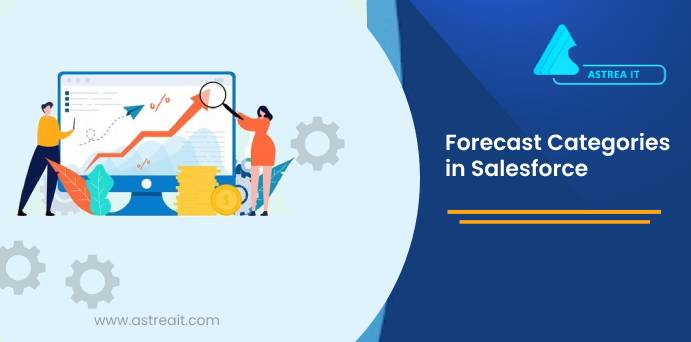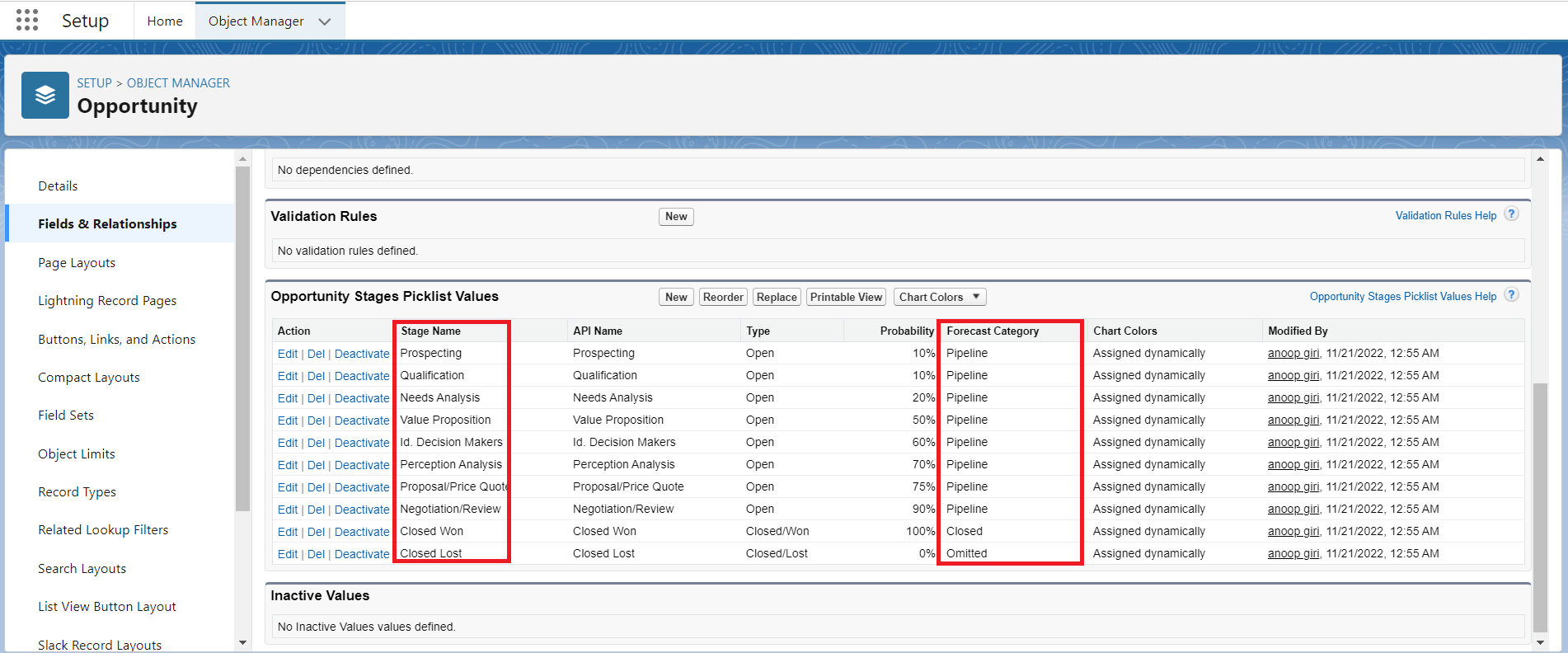Introduction:
In the dynamic world of sales, accurately predicting and planning for future revenue is crucial for the success of any organization. Salesforce, a leading customer relationship management (CRM) platform, provides a robust forecasting feature that empowers businesses to make informed decisions. Central to this functionality are "Forecast categories", which allow sales teams to classify and assess opportunities based on their likelihood to close. In this blog post, we'll explore the significance of forecast categories in Salesforce and how they contribute to effective sales forecasting.

Understanding Forecast Categories:
Forecast categories in Salesforce are a set of classifications assigned to opportunities within the sales pipeline. These categories help sales teams and management gain insights into the level of certainty associated with each opportunity, allowing for better forecasting accuracy. The standard forecast categories in Salesforce typically include Pipeline, Best Case, Commit, Closed, and Omitted.
1. Pipeline:
- Opportunities in the early stages of the sales process.
- Not yet committed, but represent potential deals actively being pursued.
2. Best Case:
- Opportunities with a high likelihood of closing successfully.
- Based on the sales team's optimistic assessment of the opportunity.
3. Commit:
- Opportunities that the sales team is confident will close successfully.
- Deals considered committed and expected to contribute to the forecast.
4. Closed:
- Opportunities that have been successfully closed and won.
- Represents actual revenue achieved.
5. Omitted:
- Opportunities initially included in the forecast but intentionally excluded.
- Various reasons, such as uncertainty or strategic decisions, may lead to omission.

Figure 1: Forecast category value on opportunity Stage field on Opportunity object.
Customization and Flexibility:
One of the strengths of Salesforce is its flexibility, and forecast categories are no exception. Organizations can tailor these categories to align with their unique sales processes, industry terminology, and specific business needs. Salesforce administrators can easily modify or create custom forecast categories to better reflect the nuances of their sales environment.

Figure 2: Forecast Category field on opportunity Object with values.
Benefits of Forecast Categories:
1. Accurate Sales Predictions:
- Provides a clear view of the sales pipeline at different stages.
- Allows for a more accurate assessment of potential revenue.
2. Strategic Decision-Making:
- Enables sales managers and executives to make informed decisions based on the probability of closing deals.
- Identifies areas that require additional attention or resources.
3. Performance Tracking:
- Facilitates tracking and analysis of sales performance.
- Helps identify trends, areas for improvement, and successful sales strategies.
4. Customizable Reporting:
- Customizable reports and dashboards based on forecast categories provide a visual representation of the sales forecast.
- Enables better communication and collaboration among sales teams.
Conclusion
In the fast-paced world of sales, having the ability to accurately predict and plan for future revenue is a game-changer. Salesforce's forecast categories provide a structured approach to classifying opportunities, offering a clear understanding of the sales pipeline's health. By leveraging these categories and customizing them to fit specific business requirements, organizations can unlock the full potential of Salesforce's forecasting capabilities, leading to more informed decision-making and increased sales success.
For any queries please reach out to support@astreait.com